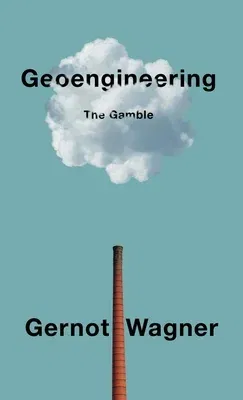Stabilizing the world's climates means cutting carbon dioxide pollution.
There's no way around it. But what if that's not enough? What if it's
too difficult to accomplish in the time allotted or, worse, what if it's
so late in the game that even cutting carbon emissions to zero,
tomorrow, wouldn't do?
Enter solar geoengineering. The principle is simple: attempt to cool
Earth by reflecting more sunlight back into space. The primary
mechanism, shooting particles into the upper atmosphere, implies more
pollution, not less. If that doesn't sound scary, it should. There are
lots of risks, unknowns, and unknowables.
In Geoengineering: The Gamble, climate economist Gernot Wagner
provides a balanced take on the possible benefits and all-too-real
risks, especially the so-called "moral hazard" that researching or even
just discussing (solar) geoengineering would undermine the push to cut
carbon emissions in the first place. Despite those risks, he argues,
solar geoengineering may only be a matter of time. Not if, but when.
As the founding executive director of Harvard's Solar Geoengineering
Research Program, Wagner explores scenarios of a geoengineered future,
offering an inside-view of the research already under way and the
actions the world must take to guide it in a productive direction.

